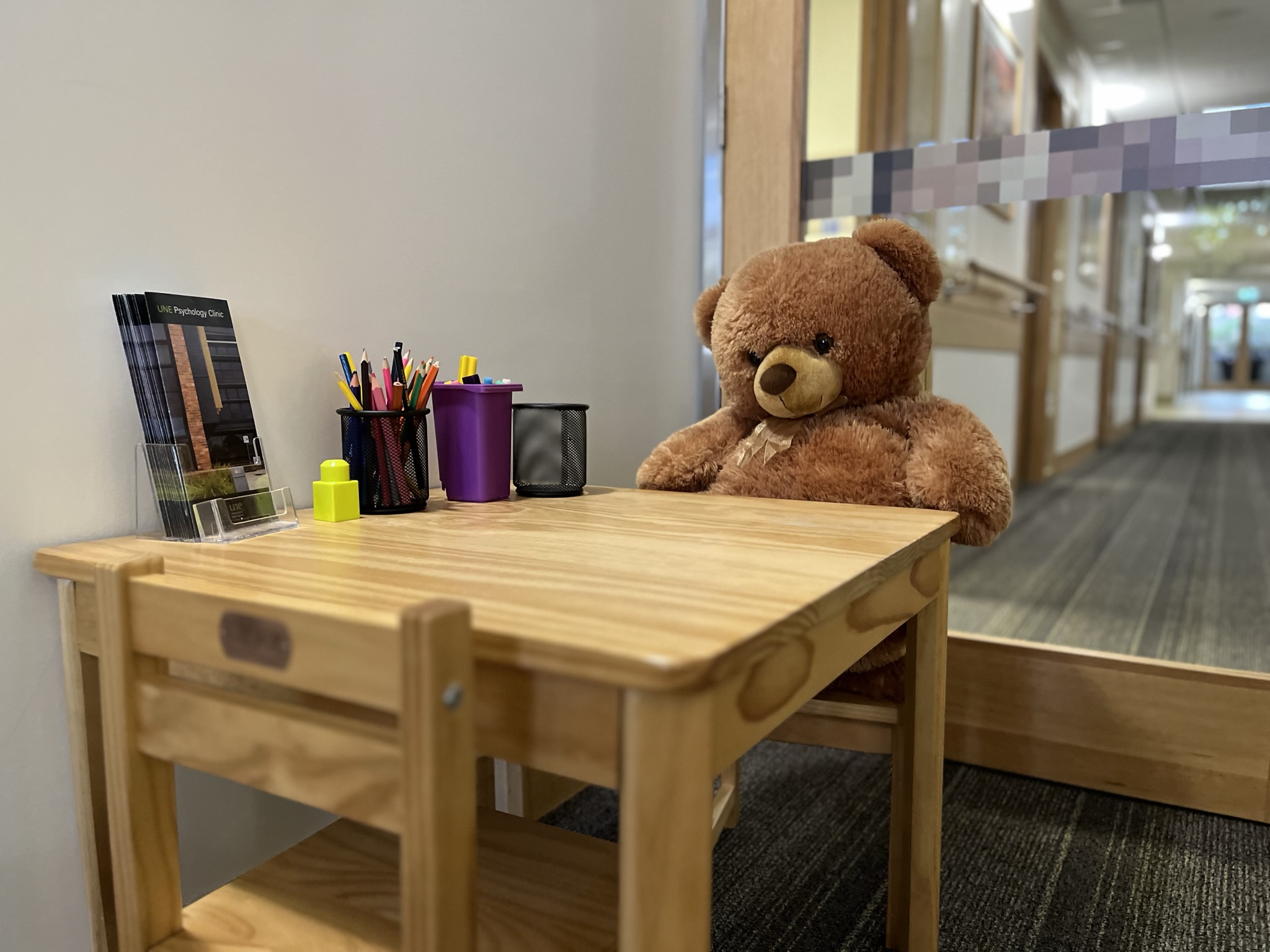Our time at the Clinic began with an induction into all of the systems and processes we will use, which were clearly explained, along with the necessary emphasis on confidentiality. We also spent a couple of days consolidating part of our previous training by practising psychometric testing. Psychometric testing is part of the service we provide at the Clinic as it gives insight into neurological functioning across a range of diagnoses such as Autism and Attention-Deficit/Hyperactivity Disorder (ADHD). Before we started this practise, we had already been given our initial client list, so it was helpful to be able to practise test administration with our clients in mind. For instance, those of us with, say, a child client with suspected ADHD, could start to think about how we are going to keep the child’s attention for what might be three or more hours of testing.
On the last day of our first week at the Clinic, we contacted our future clients to start setting up appointments. There are ten people in our cohort and the group is split in two, with either Monday/Tuesday or Thursday/Friday clinic days. On our clinic days, we will see clients, as well as have an hour’s individual supervision with our Supervisor, and, every second week we have two hours of group supervision, which the whole cohort attends. As our Supervisors need to watch all of our initial appointments remotely in real time, scheduling our appointments to fit clients’ availability, as well as fitting in with our colleague’s appointments and our supervision was next-level choreography!
Entrance to psychology clinic rooms.
As I am in the Thursday/Friday Clinic group, my second week at the Clinic began with various forms of administration, such as letters to client’s GPs, initial client notes, organising telehealth appointments, as well as some research. For those in the Monday/Tuesday group, it was straight into seeing clients. There was a natural level tension in our cohort’s office as we were all a little concerned about how we would perform when faced with clients. However, this tension was dispelled as the Monday/Tuesday group who were returning from appointments were, one by one, reporting that that they had made good connections with their clients.
Most of our first clients are new intakes, although some of us did start with clients who were continuing their treatment. My first client was a new intake, and these appointment are 90 minutes long. Although that seems like a long time, it actually felt time-constrained as there is a lot of information to be gathered. Going in to that very first appointment, I felt I had done the training and preparation, I was fully organised and felt I knew what I needed to do, but the uncertainty of not knowing quite what to expect was unsettling. However, when my client arrived, I found that I was so focused and interested that, even though the appointment was highly scaffolded, it seemed natural and comfortable, and I could make a safe space for my client.
Following my first appointment, I had my first individual supervision session. My Supervisor provided fine-grained feedback on my first appointment, reviewing broad counselling skills, right down to the wording of questions I had asked my client. This feedback was valuable and on-point. While it is sometimes difficult to receive criticism, even constructive criticism, I found that there were two reasons why this criticism was reinforcing, rather than unpleasant. Firstly, it was considerately delivered, and had come with a prior warning that supervision may not always be easy. Secondly, in focusing on the goal – improving my skills as a clinician – my Supervisor and I were aligned, so the conversation felt not so much like criticism, but more like a transfer of experience.




